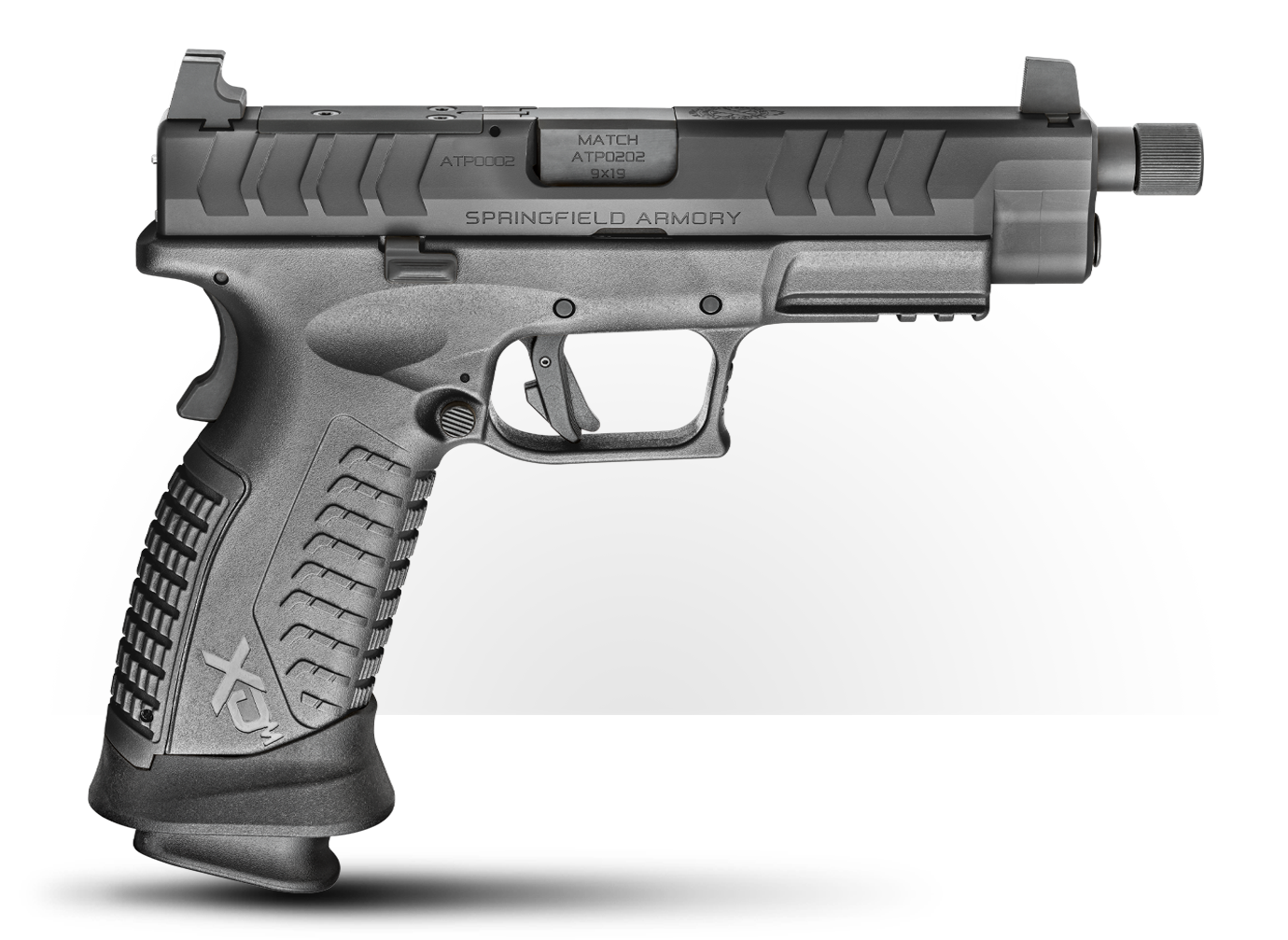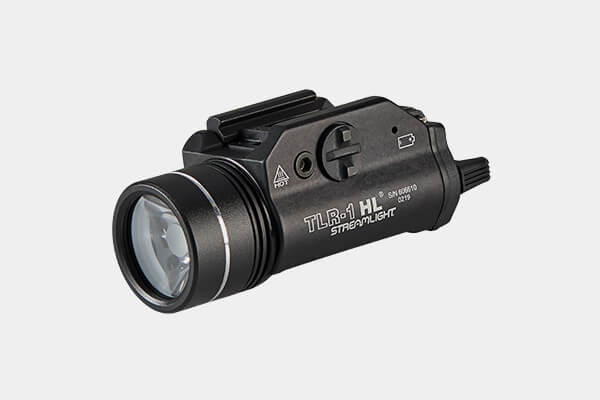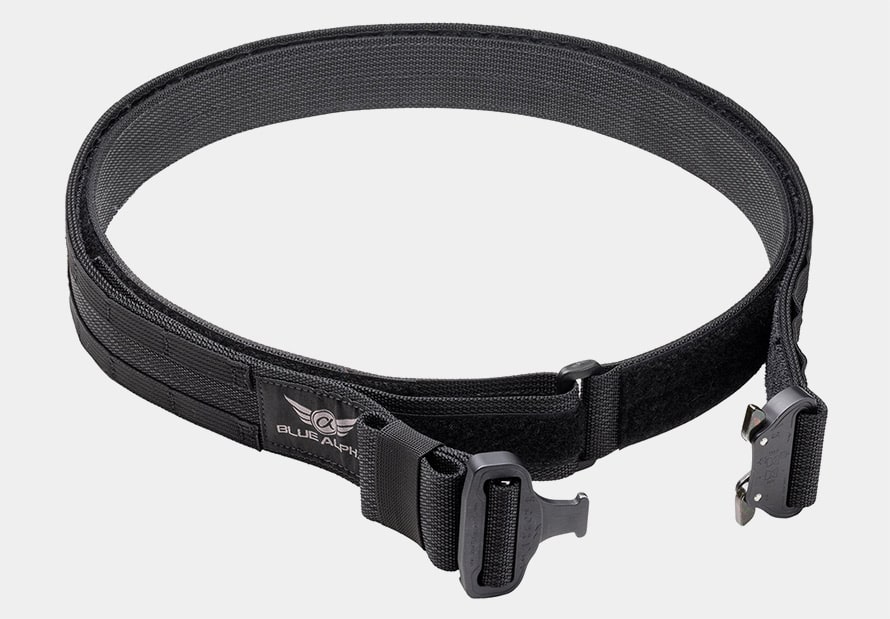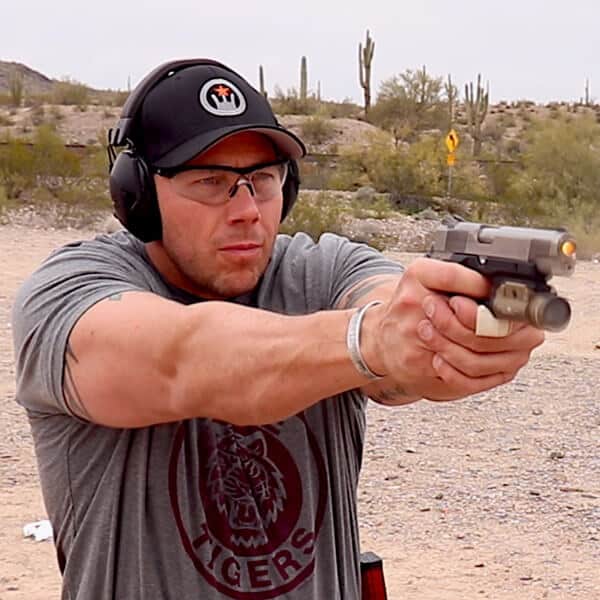Fitness and health affect every aspect of your life, but what about the physical effects of being in or out of shape on your shooting skills? If you have ever played sports or been in any type of job that requires moderate to extreme physical exertion, you will understand how even a slightly elevated heart rate can have a negative impact on your physical skills and diminish your mental capacity to make appropriate decisions.
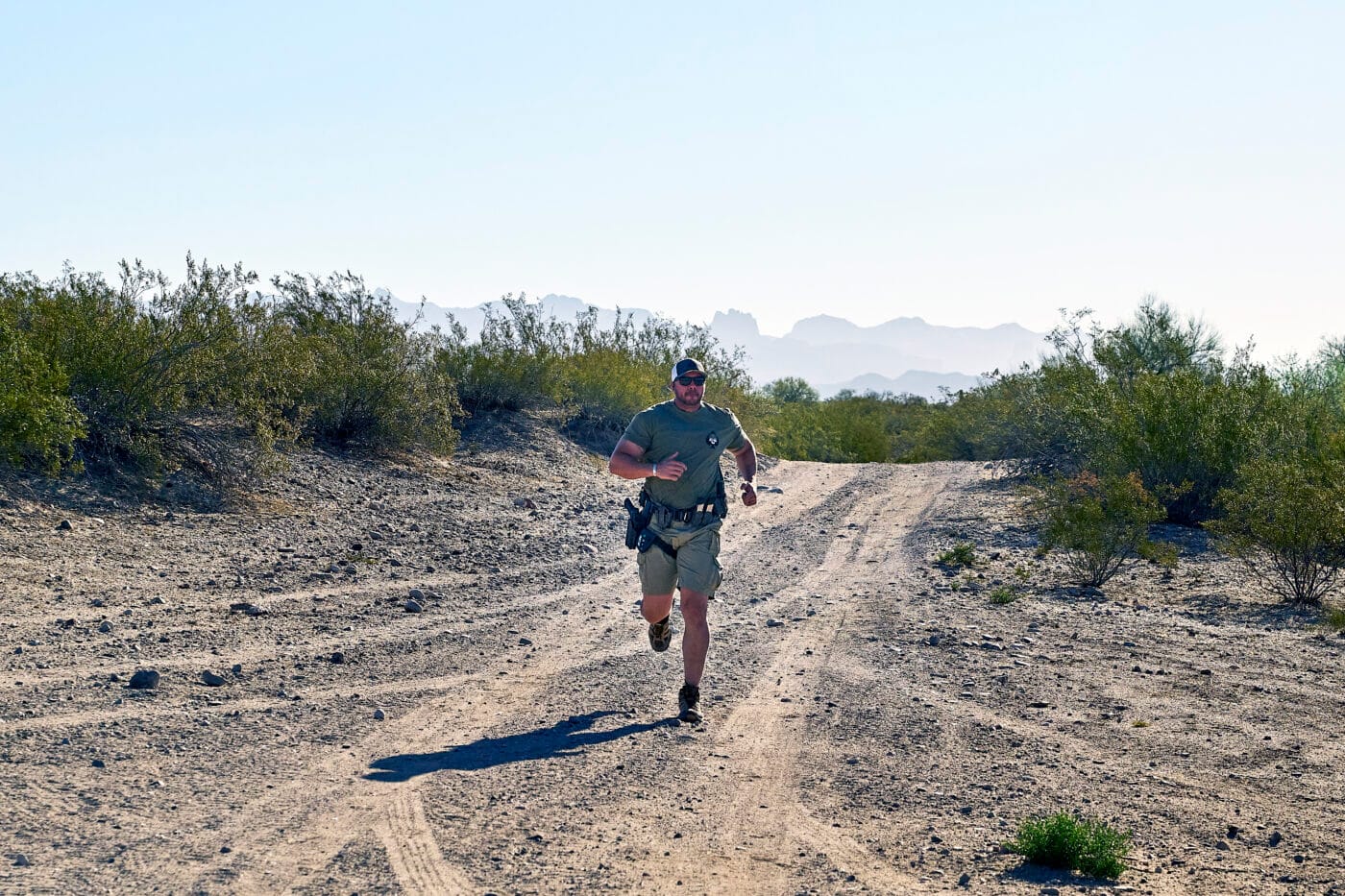
What we need to be honest with ourselves about when it comes to physical and cardiovascular fitness is what our current state of health does to our fine and gross motor skills. A simple question posed to yourself is, do you regularly workout, do you train in the best or worst of circumstances, and have you ever really tested yourself in a physically and cardiovascular strained state.
Heart Rate Up / Skill Set Down
To set the stage for this, I am in good medical health and moderately physically fit. I can run a few miles without issue and throw decent weight around in the gym. I have had multiple careers in life, from the military to law enforcement, where I trained at an elevated state to test my skills and abilities. But that being said, it has been a while since I have done physical stress-related training.
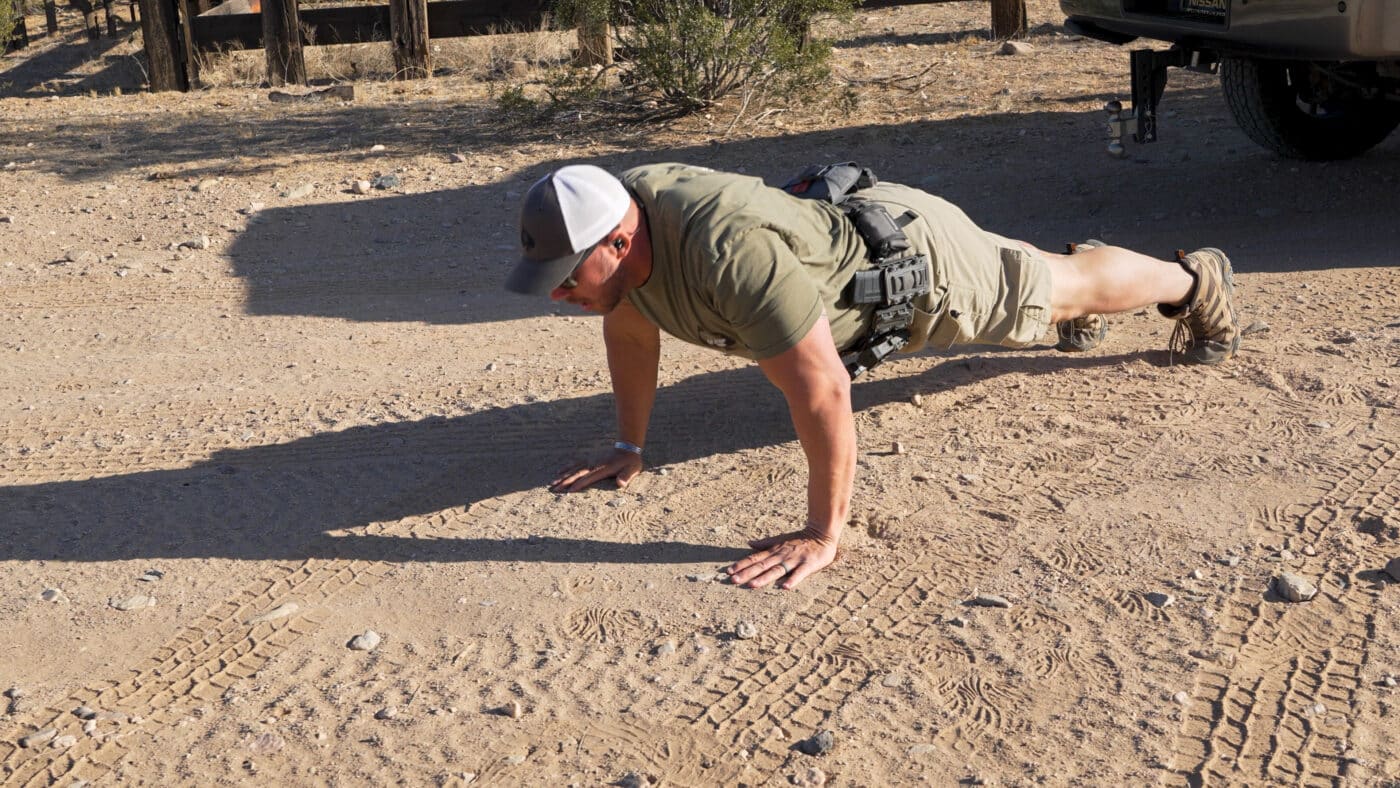
Today, we are going to put it to the test by doing a set of drills cold followed by another iteration of the drills after a simulated 1/4 mile foot pursuit and a series of exercises to mirror a physical struggle. The drills will consist of a Bill Drill, Baer Standard Drill and a Reload Drill. What we are going to look for is accuracy and time on these drills to see the after-effects of a little cardio and muscle fatigue. I know many are expecting to see higher times after the physical exertion, but sometimes that can make you default to training and skills you have built over years of repetition and you actually perform better.
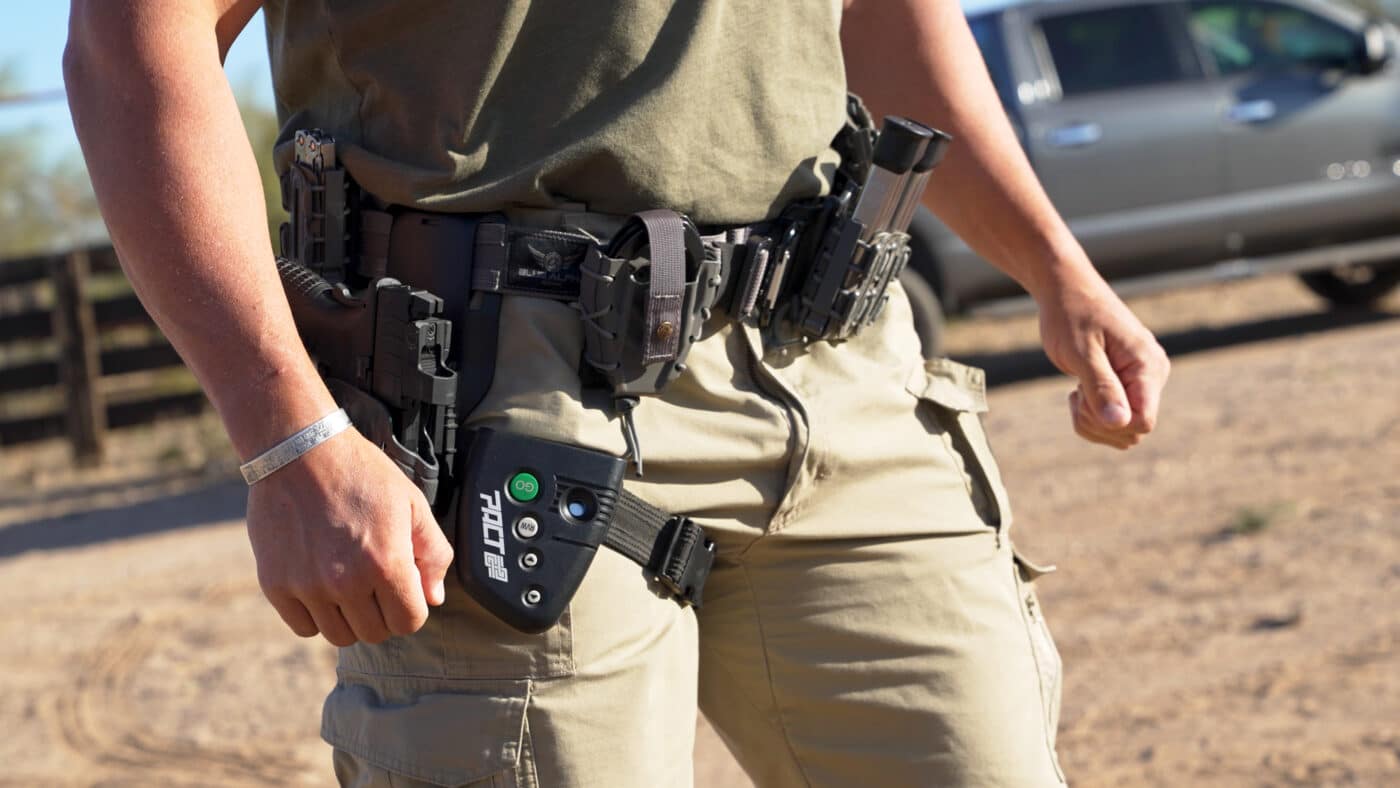
All drills were from a cold start and all drills were from a Blackhawk Omnivore retention holster. The first series of drills played out with a 2.73 on the Bill Drill, 4.8 on the 3 reload 3 and 13.6 on the Baer Drill. Although I have run all of these drills far faster during training days, these were run cold with no warm-up of any kind, and the goal was to guarantee 100% accuracy.
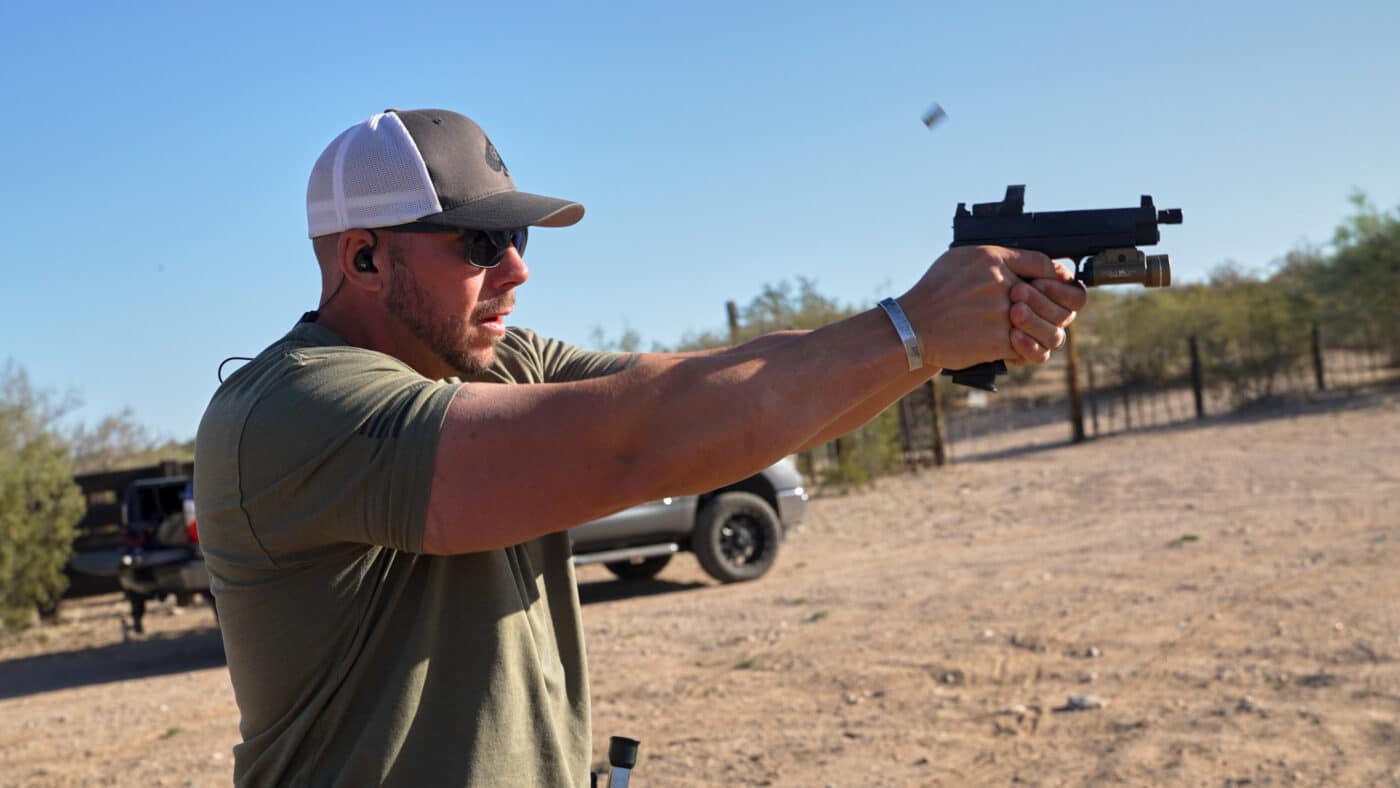
After my first run of drills, it was time to spice it up a bit. For this, I did a quarter-mile run, followed by push-ups and air squats to simulate a foot chase and physical struggle. I then ran right into the next series of drills. For the exertion drill times, I got a 3.4 on the Bill Drill, 10 seconds on the Baer Standard Drill and a 6.7 on the 3 reload and 3 all in the headbox.
But wait, did I shave three seconds off of that Baer Drill? How is that possible? This is where having fired that drill so much and maybe being a bit warmed up shows though. Think about it. It’s almost like having autopilot with something you do at work every day. You can perform this function without thought at ease, but when you stop and think about the automated response you slow down.
Low Fitness Equals Failure
Without getting all medical on you, let’s explain why your body does what it does at certain heart rates and fitness levels. There are five basic heart rate zones in the fitness world: very light, light, moderate, hard and maximum. Each of these will cause your body to experience certain feelings of calm, fatigue, deep rapid respiration or complete exhaustion.
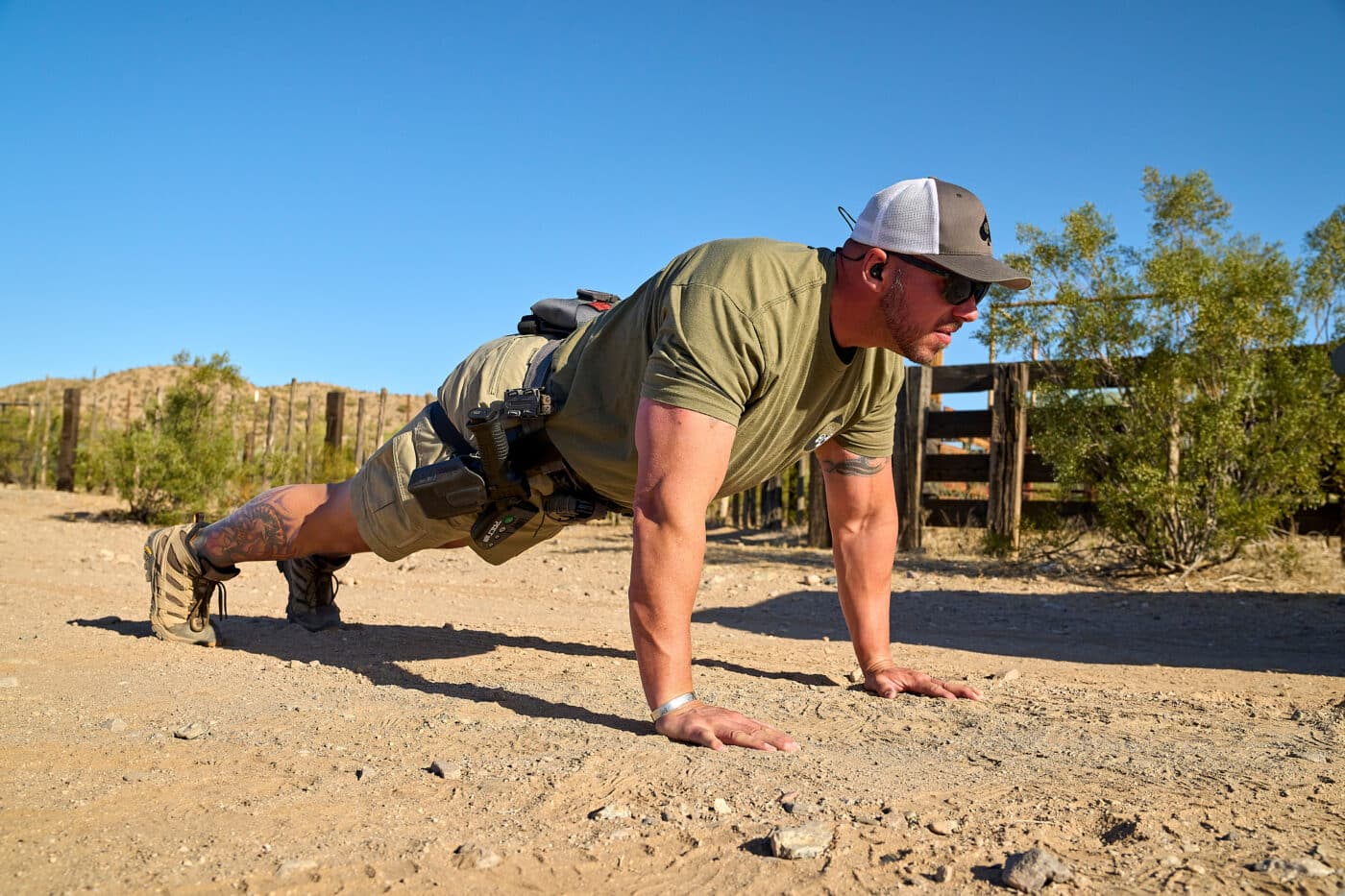
Light and very light are examples of my first volley of shots. Hard and moderate are the second set of drills after the run. An example of hard was the first drill right after the physical exertion, and moderate on the next few since my body had started to regulate a bit. At moderate heart and respiration rates, the human body will breathe heavily, build up lactic acid, and begin to diminish fine motor skills.
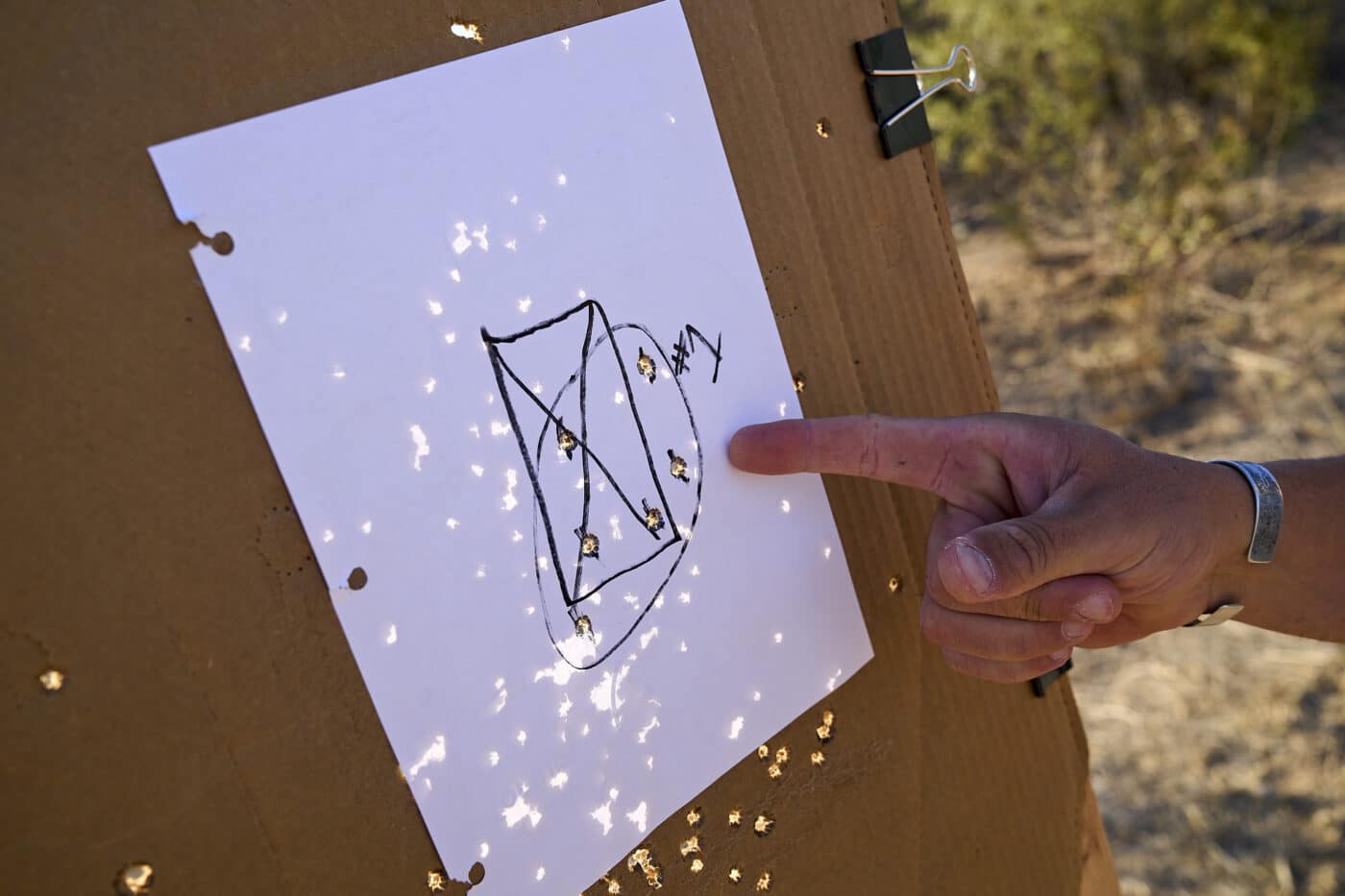
When the body experiences hard physical activity, the heart and respiration rates — especially if prolonged more than one minute — will cause extremely diminished fine motor skills, mental and physical fatigue, and difficulty balancing or holding a pistol still. The hard or even upper moderate level is where we start to see misses on even standard-sized targets, or extremely slow and fumbled manipulation drills.
So, What Do We Do?
All of the aforementioned symptoms can be diminished by a certain level of physical exertion training and cardiovascular health. If we exercise regularly, pushing our cardiovascular fitness and lung health a bit, we will not fall into the hard and diminished category as easily or quickly.
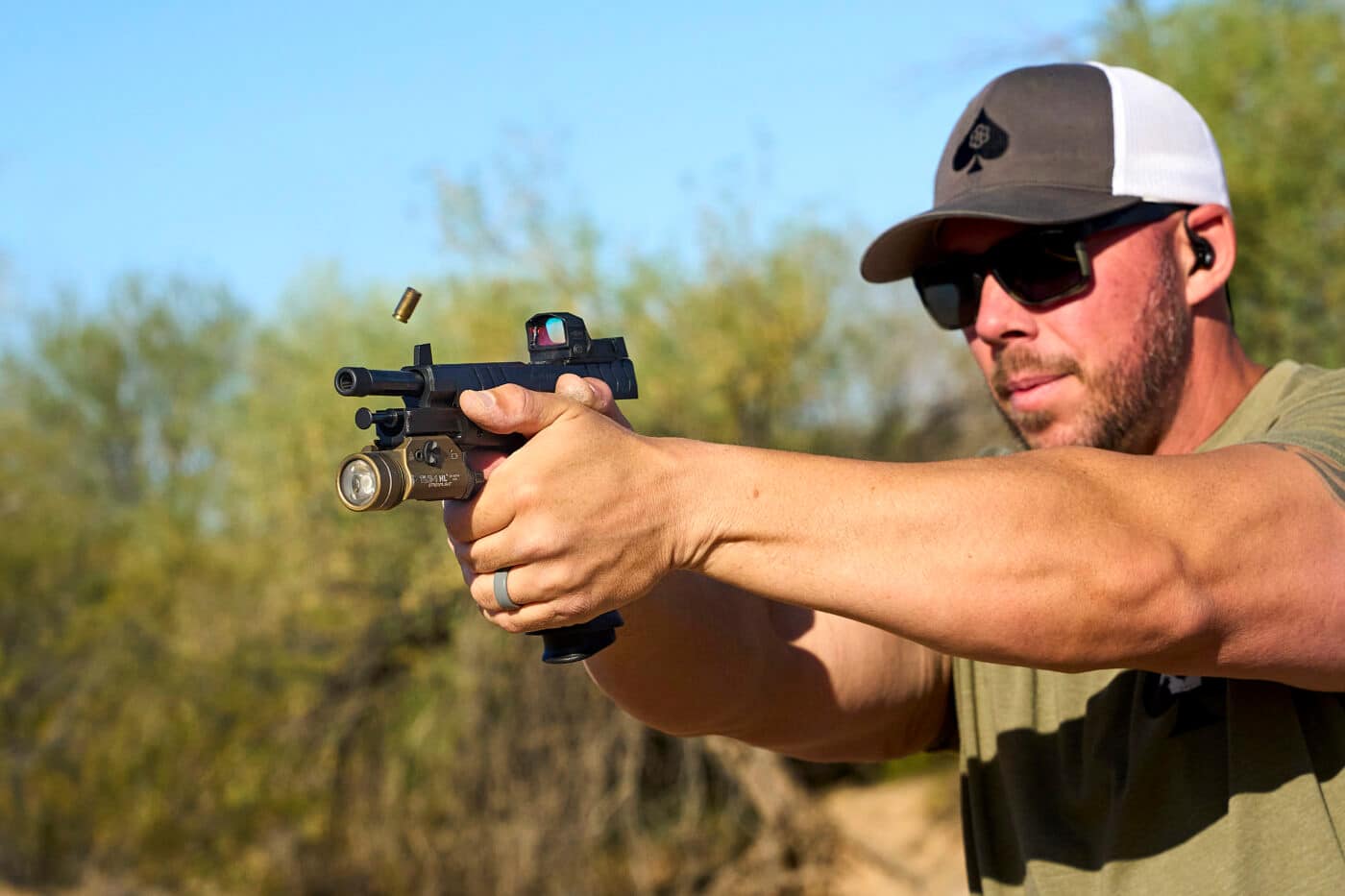
Combine that with testing your skills while being physically strained, and the combination will help add another layer of performance into our training regime. Training is always ongoing, whether it is skill-building at the range, knowledge-based learning at your desk, or sweating to the oldies to improve your physical health. And yes, I know that was a bad reference to an 80s fitness craze.
The last thing I will say is, before you do any physical activity and skill-building, ensure your doctor and trainer have cleared you for safety and health reasons prior to any new training program of any kind.
Editor’s Note: Please be sure to check out The Armory Life Forum, where you can comment about our daily articles, as well as just talk guns and gear. Click the “Go To Forum Thread” link below to jump in and discuss this article and much more!
Join the Discussion
Featured in this video
Continue Reading
Did you enjoy this video?

 57
57




